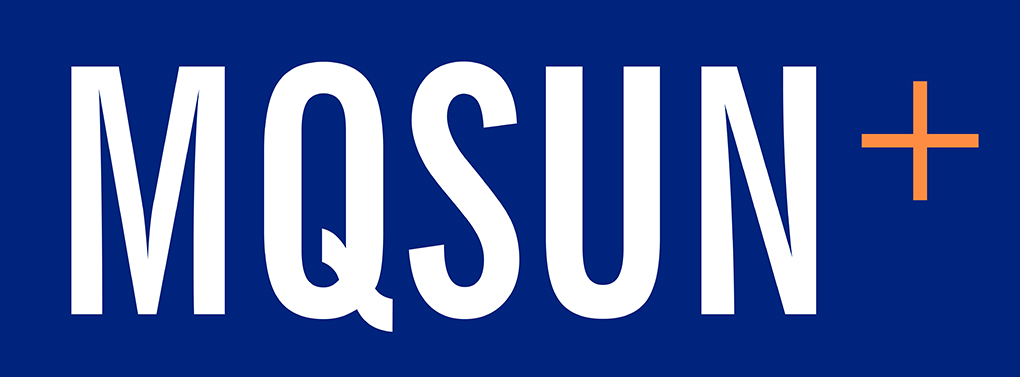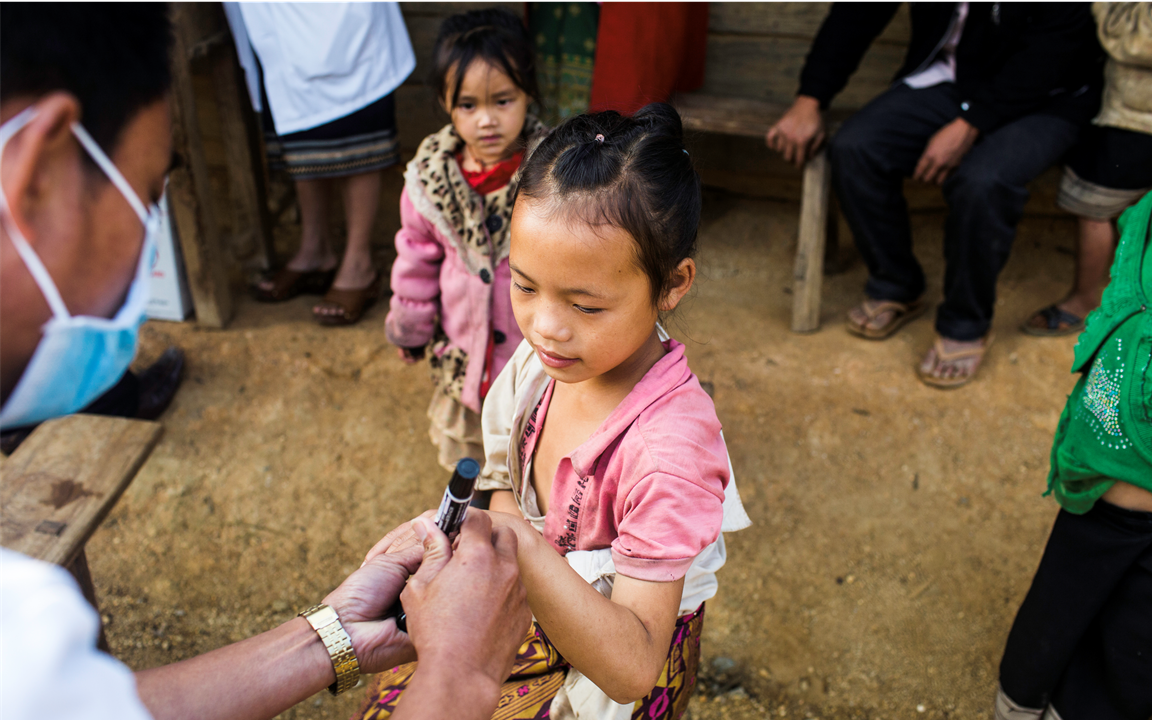The COVID-19 pandemic and associated disease control measures pose a grave risk to nutrition outcomes and will have severe and far-reaching consequences for the nutritional status, health and well-being of populations in low- and middle-Income countries.
There is a potential for impact across both the causes and determinants of malnutrition. Some of the key pathways through which nutrition could be affected are income and livelihood loss; reduced availability and access to nutritious food; increased demand for health services for treating COVID-19 and reduced utilisation of other essential child and maternal health and nutrition services; and new pressure on caregivers and reductions in breastfeeding, amongst many others. There is also a greater burden on, and severity of COVID-19 in, individuals with malnutrition—in particular, those who are overweight or obese.
All the above will have profound ramifications for multisectoral nutrition planning. Economic impacts of the pandemic and greater competing resource demands may affect availability of current and future nutrition funding. In many contexts, stakeholder participation in the planning and implementation process has been constrained and the collection of population-based surveys and routine monitoring and evaluation data halted or severely curtailed due to mobility restrictions.
This supplement to the MQSUN+ Toolkit on Multisectoral Planning for Nutrition looks at ways to mitigate and adapt to the impacts on the multisectoral nutrition planning process and respond to changing nutrition needs due to the COVID-19 pandemic and to future, as yet unforeseen, emergency scenarios.


